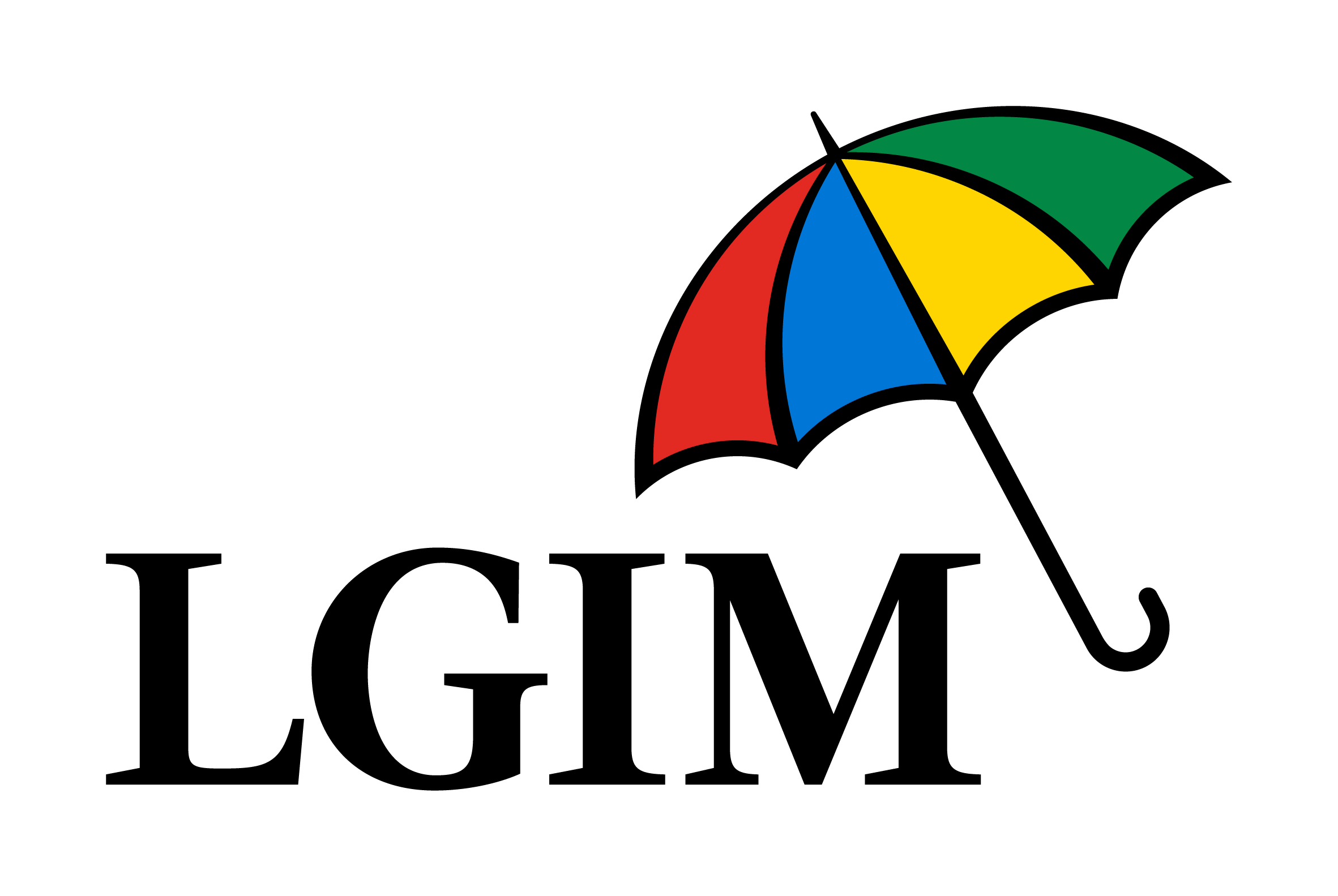What is the best approach to take when constructing thematic ETFs? This is fast becoming the key question for ETF issuers as inflows into their thematic strategies surge.
The issue of thematic ETF construction came to the fore when S&P Dow Jones Indices (SPDJI) proposed changes to the index two popular BlackRock ETFs, the iShares Global Clean Energy UCITS ETF (INRG) and the iShares Global Clean Energy ETF (ICLN), track.
The potential risk with the index was realised after the two ETFssaw over $6bn inflows in 2020alone which artificially drove up share prices of the underlying holdings, leaving them open to a liquidity shock if the flows reversed.
Where the index construction fell down from a liquidity perspective was it capped each of the 30-or so constituents at 4.5% which, in turn, gave it a natural bias to the smaller cap names.
In response, SPDJI has since increasedthe number of holdings to 82, reduced the requirements for a company to be included in the index and increased cap limits. The changes were implemented on 18 April.
However, could this happen to other thematic ETFs? According to data from Morningstar, thematic ETFs in Europe saw record inflows of €5.5bn in Q1 adding to the €9.5bn seen last year.
The changes made by SPDJI highlights the challenges of index construction especially in an investment universe that is dominated by small caps.
As François Millet, head of index and product development at Lyxor, said at ETF Stream’sBig Call: Thematic ETFs event last month: “There is a triangular trade-off between the purity of a theme, its diversification and its liquidity.”
Each issuer has its own approach in the thematic ETF space. Legal & General Investment Management (LGIM), for example, equally weights its entire range. This has the advantage of evenly capturing the entire value chain of a particular megatrend along with ensuring not one constituent dominates the index, however, it also leads to a natural small-cap bias.
Other issuers look to give a higher weighting to companies that are directly involved in the theme in order to ensure investors receive the purest exposure possible.
According to Sébastien Lemaire, head of ETF research at Société Générale, anytime an issuer moves away from a free-float market cap weighting approach, it may improve the risk-return profile but always has a liquidity cost.
Once caps or different weighting approaches are introduced, this can cause issues when inflows increase dramatically over a short space of time – as was the case with BlackRock’s clean energy ETFs.







